It is crucial to memorize the names of the shapes, but the advantages of teaching 3D shapes to children are much wider. Problem-solving abilities are associated with the recognition of shapes. Below are some activities that can help make learning enjoyable and productive.
Benefits of Teaching Shapes to Children
Spatial Reasoning Skills
Shape recognition is the initial process of spatial cognition, a mental ability that enables people to perceive the relative position of objects. This skill is very useful in our daily lives, for example, in movement, problem-solving, and visualizing objects in space. This article, Happy Teacher (here), also stresses the use of manipulatives and other concrete materials to teach children these skills.
Problem-Solving Skills
Learning shapes involves using objects, which helps children develop problem-solving skills as they try to reason out the characteristics of objects. For example, children can be required to name the shapes that can pass through a particular hole or sort the items by their shapes. These activities make children think creatively and strategically.
Early Math Skills
Shape recognition is a precursor to early mathematics learning. With the help of shapes, children can learn things like area, perimeter, and volume in the future. This foundation is important in later years when one has to take more complex math classes.
Creativity and Imagination
Shapes can help children think creatively and use their imagination. With shapes, children can draw pictures, build structures, and even create new shapes of their own. Some of the 3D shape activities on the Playdough to Plato website (here) can help promote this kind of creativity.
How “Sniffer Bob Shapes Up” Can Help Teach Shapes
‘Sniffer Bob Shapes Up’ is a wonderful and useful resource for introducing young children to shapes. The story is based on Sniffer Bob, a dog who enjoys digging holes but has a problem recognizing the shapes that he needs to cover them with. Sniffer Bob gets the help of a friendly caterpillar to learn the names of the shapes and identify spheres, cone, cube, pyramid, rectangular prism, and cylinder shapes.
The bright and colorful illustrations complement the learning of shapes in the book. The author clearly illustrates the shapes throughout the story, and the children will be able to easily relate the shapes to their respective names.
Here are some ways you can use “Sniffer Bob Shapes Up” to teach shapes to your child:
When reading the story with the child, explain to him or her about the various shapes Sniffer Bob comes across. Ask your child to name the shapes and explain what they are and their characteristics.
When you read the book, engage your child in fun shape games. You can devise a scavenger hunt within the house, asking your child to look for objects of a given shape. You can also cut out shapes from construction paper and have your child sort them or build pictures with them.
Ensure that your child relates the shapes in the book to real-life objects. For instance, you can draw attention to the round shape of a plate, the rectangular shape of a window, or the triangular shape of a slice of pizza.



